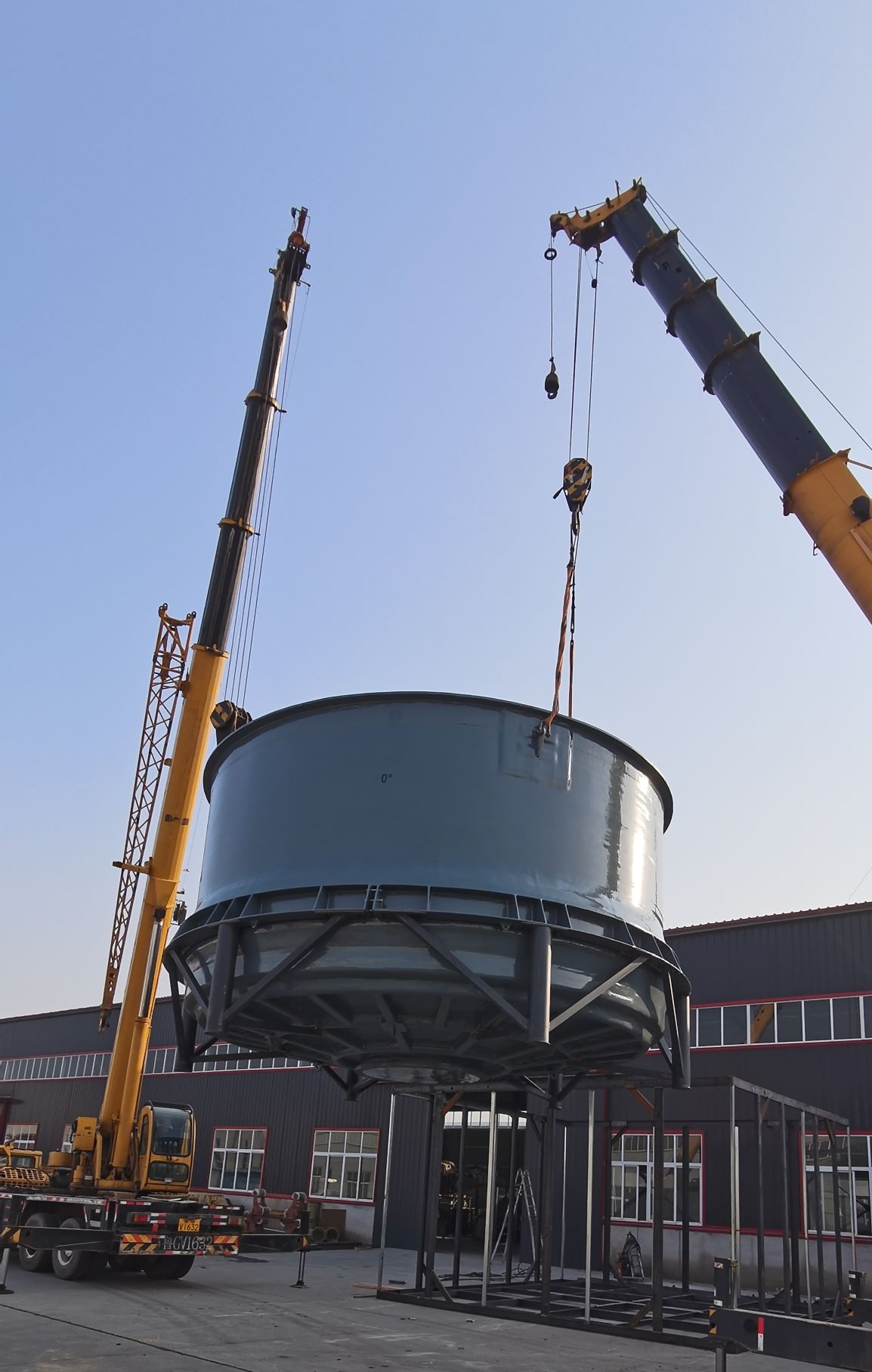
-
 Afrikaans
Afrikaans -
 Albanian
Albanian -
 Amharic
Amharic -
 Arabic
Arabic -
 Armenian
Armenian -
 Azerbaijani
Azerbaijani -
 Basque
Basque -
 Belarusian
Belarusian -
 Bengali
Bengali -
 Bosnian
Bosnian -
 Bulgarian
Bulgarian -
 Catalan
Catalan -
 Cebuano
Cebuano -
 China
China -
 China (Taiwan)
China (Taiwan) -
 Corsican
Corsican -
 Croatian
Croatian -
 Czech
Czech -
 Danish
Danish -
 Dutch
Dutch -
 English
English -
 Esperanto
Esperanto -
 Estonian
Estonian -
 Finnish
Finnish -
 French
French -
 Frisian
Frisian -
 Galician
Galician -
 Georgian
Georgian -
 German
German -
 Greek
Greek -
 Gujarati
Gujarati -
 Haitian Creole
Haitian Creole -
 hausa
hausa -
 hawaiian
hawaiian -
 Hebrew
Hebrew -
 Hindi
Hindi -
 Miao
Miao -
 Hungarian
Hungarian -
 Icelandic
Icelandic -
 igbo
igbo -
 Indonesian
Indonesian -
 irish
irish -
 Italian
Italian -
 Japanese
Japanese -
 Javanese
Javanese -
 Kannada
Kannada -
 kazakh
kazakh -
 Khmer
Khmer -
 Rwandese
Rwandese -
 Korean
Korean -
 Kurdish
Kurdish -
 Kyrgyz
Kyrgyz -
 Lao
Lao -
 Latin
Latin -
 Latvian
Latvian -
 Lithuanian
Lithuanian -
 Luxembourgish
Luxembourgish -
 Macedonian
Macedonian -
 Malgashi
Malgashi -
 Malay
Malay -
 Malayalam
Malayalam -
 Maltese
Maltese -
 Maori
Maori -
 Marathi
Marathi -
 Mongolian
Mongolian -
 Myanmar
Myanmar -
 Nepali
Nepali -
 Norwegian
Norwegian -
 Norwegian
Norwegian -
 Occitan
Occitan -
 Pashto
Pashto -
 Persian
Persian -
 Polish
Polish -
 Portuguese
Portuguese -
 Punjabi
Punjabi -
 Romanian
Romanian -
 Russian
Russian -
 Samoan
Samoan -
 Scottish Gaelic
Scottish Gaelic -
 Serbian
Serbian -
 Sesotho
Sesotho -
 Shona
Shona -
 Sindhi
Sindhi -
 Sinhala
Sinhala -
 Slovak
Slovak -
 Slovenian
Slovenian -
 Somali
Somali -
 Spanish
Spanish -
 Sundanese
Sundanese -
 Swahili
Swahili -
 Swedish
Swedish -
 Tagalog
Tagalog -
 Tajik
Tajik -
 Tamil
Tamil -
 Tatar
Tatar -
 Telugu
Telugu -
 Thai
Thai -
 Turkish
Turkish -
 Turkmen
Turkmen -
 Ukrainian
Ukrainian -
 Urdu
Urdu -
 Uighur
Uighur -
 Uzbek
Uzbek -
 Vietnamese
Vietnamese -
 Welsh
Welsh -
 Bantu
Bantu -
 Yiddish
Yiddish -
 Yoruba
Yoruba -
 Zulu
Zulu
Exploring the Dynamics and Impacts of FRP Transition in Modern Applications
The Dynamics of FRP Transition Understanding Fiber-Reinforced Polymers
Fiber-Reinforced Polymers (FRP) have emerged as a significant player in modern engineering and construction, owing to their unique properties and versatility. The transition to using FRP materials marks a crucial shift in various industries, including civil engineering, aerospace, and automotive sectors. This article explores the dynamics of FRP transition, highlighting its advantages, applications, challenges, and the future of these advanced materials.
Understanding FRP and Its Advantages
Fiber-Reinforced Polymers are composite materials made by combining polymer resins with reinforcing fibers, such as glass, carbon, or aramid. The incorporation of fibers significantly enhances the mechanical properties of polymers, resulting in materials that are strong, lightweight, and resistant to corrosion. These characteristics make FRP an attractive alternative to traditional materials such as steel and concrete.
One notable advantage of FRP is its high strength-to-weight ratio. This property allows for lighter structures that can withstand substantial loads, making FRP ideal for applications in the construction of bridges, buildings, and other infrastructural elements. Additionally, FRP materials exhibit excellent resistance to environmental factors, including moisture and chemicals, thus promising longevity and reduced maintenance costs.
Applications of FRP
The transition to FRP materials has been particularly impactful in several domains
1. Civil Engineering In the construction industry, FRP is used in the repair and strengthening of existing structures, such as bridges and concrete beams. Its lightweight nature facilitates easier handling and installation, while its resistance to corrosion ensures durability.
2. Aerospace The aerospace sector extensively employs FRP in aircraft components, where reducing weight without sacrificing strength is paramount. The use of carbon fiber composites has revolutionized aircraft design, resulting in improved fuel efficiency and enhanced performance.
3. Automotive The push for lighter, more fuel-efficient vehicles has led automotive manufacturers to adopt FRP in various parts, including body panels and interior components. The successful implementation of FRP reduces overall vehicle weight while maintaining safety standards.
frp transition

4. Marine Applications FRP's resistance to seawater and its lightweight nature make it an ideal choice for boat construction and repair, allowing for faster and more efficient vessels.
Challenges in the Transition to FRP
Despite the numerous advantages, the transition to FRP materials is not without challenges. One major hurdle is the higher initial cost associated with FRP compared to traditional materials. While the long-term benefits in terms of maintenance and durability are significant, the upfront investment can deter widespread adoption.
Moreover, the lack of standardized design codes and guidelines has created uncertainty among engineers and architects. The transition requires not only a thorough understanding of the material properties but also the development of reliable design methodologies to ensure safety and performance.
The Future of FRP Transition
As technology advances, the future of FRP materials appears promising. Ongoing research is focused on enhancing the properties of FRP composites, developing more cost-effective manufacturing processes, and creating recycling options for end-of-life FRP products. Additionally, the incorporation of smart materials and sensors into FRP could revolutionize how structures are monitored and maintained, paving the way for more resilient infrastructures.
Furthermore, growing environmental awareness and the push for sustainable practices are likely to accelerate the adoption of FRP materials. Their potential for lightweight, durable, and sustainable solutions aligns well with the global imperative to reduce carbon footprints and reliance on traditional building materials.
Conclusion
The transition to Fiber-Reinforced Polymers represents a significant advancement in material science, with broad implications across various industries. While challenges exist in terms of costs and standardization, the benefits of FRP materials—such as strength, versatility, and resistance to environmental degradation—position them as a crucial component of modern engineering solutions. As research continues and technologies evolve, FRP will undoubtedly play an increasingly vital role in shaping the future of construction, aerospace, and automotive manufacturing, moving towards more efficient and sustainable practices.









